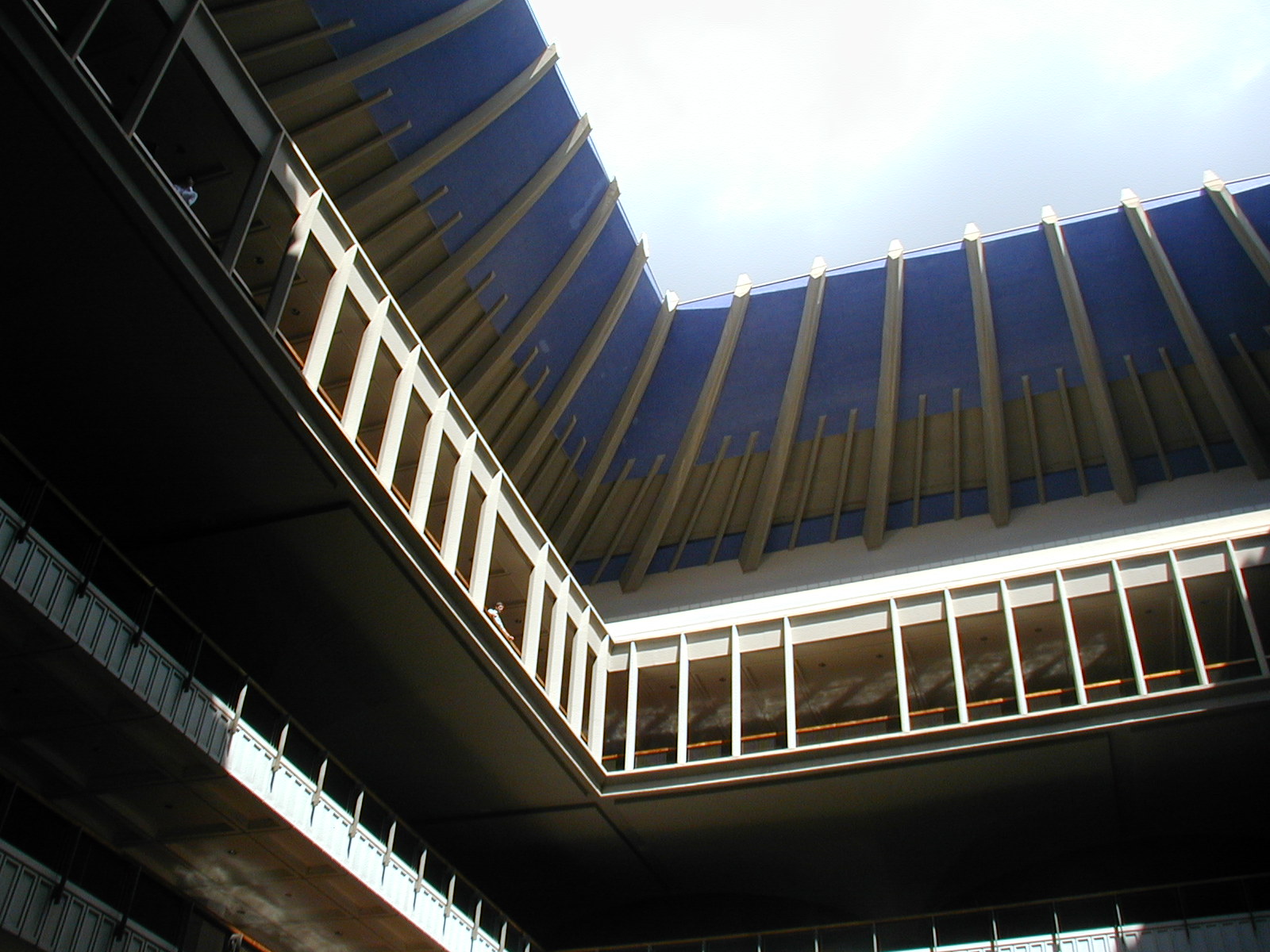AARP Hearing Center

Proponents of a bill to support family caregivers are continuing their push – in the community and at the state Legislature – to ensure that the voices of Hawaii’s caregivers 247,000 are heard.
In late April more than 800 residents turned out for caregiver forums on Maui, Oahu, and the Big Island, indicating the depth of concern families have for the challenges of caring for older loved ones.
As the 2015 legislative session came to a close, AARP advocates and community supporters of a bill recognizing the critical role unpaid family caregivers play in keeping their loved ones out of costly institutions were heartened by the anticipated passage of SCR 107.
The resolution terminated a working group created by the Legislature in 2014 to study the issue of what hospitals can do to give caregivers the tools they need to safely help their loved ones at home after hospital discharge. That working group was unfairly balanced against caregiver advocates.
AARP Hawaii and other caregiver advocates believe that the termination of the old working group and establishment of a newly constituted working group under SCR 107 gives the CARE Act a better chance of passage in the 2016 legislative session.
The CARE (Caregiver Advise, Record, Enable) Act has three common sense provisions that would help Hawaii’s caregivers and the loved ones they serve by:
- Recording the family caregiver’s name on a patient’s medical record when they are admitted into a hospital;
- Notifying the caregiver if the loved one is to be discharged to another facility or back home;
- Requiring hospitals to provide the caregivers with live instruction of the medical tasks – such as medication management, injections, wound care, and transfers – that they will perform at home.
A recent survey of Hawaii registered voters age 45 and older indicated overwhelming support for the CARE Act proposal. In particular, nearly all respondents (95 percent) support requiring hospitals to explain and demonstrate medical and nursing tasks that family caregivers will need to perform after the patient returns home with 79 percent strongly supporting this proposal.































































